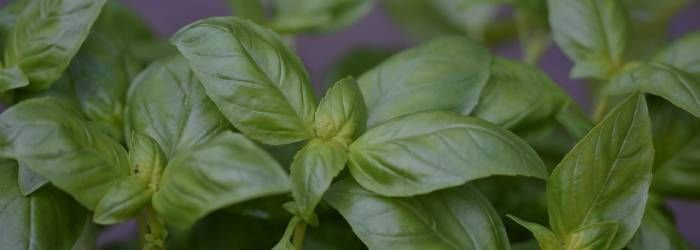Watering your Plants

It's an obvious thing that plants need watering but it is important to remember that plants can be overwatered as well as underwatered.
As long as you know how to do it correctly things are less likely to go wrong.
Here are a few key points and suggestions....
Why Plants need Water
Water is a key part of the process from which plants obtain their energy. This process is known as photosynthesis.
Photosynthesis is the process where a plant converts water, carbon dioxide and sunlight (or any available light) into glucose. Glucose is the plant's energy. Water is required for this as it provides the hydrogen that becomes part of the glucose molecules.
Water is also a key part of the plant's transportation system. Plants intake their water via the roots and is transported upwards to the leaves via the stems. This is known as transpiration and helps to prevent overheating.
This transportation system is how the nutrients are brought to the plant's cells for development and growth.
What Goes Wrong and Why
There are various reasons for the incorrect watering of plants and various results....
Different plants have different needs and not knowing the correct quantities of water can have different effects. Overwatering can cause rot and underwatering can cause the plant to wilt.
Also, the frequency of watering is important and incorrect frequencies can have similar effects to the above.
Forgetting or neglecting the watering.... If you have a lot of plants and/or they are cultivated in a different location it may be easy to miss the schedule. This could also happen if and when you go away on holiday and rely on somebody else to take care of them.
Having the incorrect or insufficient tools can be a hindrance too, such as using a small watering can for a large area - how can you be sure that all plants have got the correct amount of water rather than too much or too little?
Overwatering and Underwatering
These are two of the most common problems that plants experience and can ultimately lead to the death of a plant.
Overwatering can lead to a number of problems, the main one being root rot. The plant's root tissue will break down if it is subjected to very moist conditions for too long. Stunted growth, wilting and yellowing leaves are common warning signs.
Underwatering causes a plant to wilt and become stressed. Stunted growth and yellowing leaves are also warning signs for this.
Be sure to provide the right amount of water for your plants at the right frequency. Different plants have different needs so be sure to research this or contact us and we can give good advice.
A
water timer is a great tool to help you get it right.
Elements
Unless the water is pure it actually contains a certain amount of elements that your plants need....
Nitrogen - this is used by plants to produce proteins and enzymes. It is also a key element in chlorophyll which is what gives plants their green colouring and is essential for photosynthesis.
Phosphorus - plants use this to metabolise energy, synthesise nucleic acids and to develop strong roots. It is also important for the production of flowers and fruits.
Calcium, potassium and magnesium are also found in water and are involved in photosynthesis, hormone synthesis and enzyme activation.
Providing water that is rich in nutrients can really help your plants to thrive and flourish.
Hard and Soft Water
It was mentioned above about the elements carried by water.
Hard water typically contains more elements than soft water. Soft water can be absorbed more easily by plants and is better if your soil already has a high mineral content.
A quick test to check your water for hardness is this: Fill a container half full of water and add a few drops of pure liquid soap. Shake it for a few seconds. If the water is soft there will be plenty of bubbles and hard water will appear milky and cloudy.
Dry Soil
If the soil dries out it can effectively cause your plant to be underwatered. Roots will struggle to penetrate it to access the moisture.
Be sure to know your plant's watering needs. Different plants have different needs so research or ask us.
Check the soil moisture level. It is as simple as sticking your finger in and feeling if it is dry below the surface.
Water deep and thoroughly and not just the surface, but don't overwater!
Improvements
Here is a quick breakdown and summary of what to do:
- Know the watering needs of your plants and research if necessary
- Check the moisture levels before watering
- Water deeply and thoroughly
- Use a fine nozzle on your watering system. This spreads the water evenly
- Water in the morning or evening rather than during the heat of the day
- Avoid getting water on the leaves and foliage to prevent fungal growth.
- Water the soil directly
- Use mulch to help retain the moisture
And finally.... Write down your plants' watering needs and ensure you provide the right amount at the right time!

